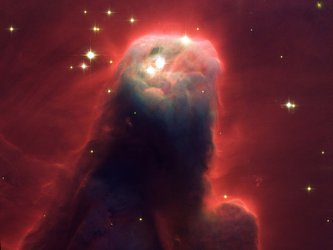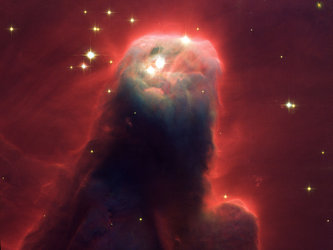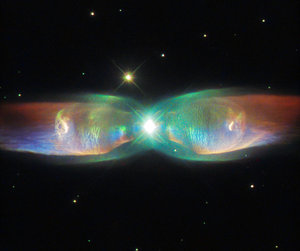Accept all cookies Accept only essential cookies See our Cookie Notice

About ESA
The European Space Agency (ESA) is Europe’s gateway to space. Its mission is to shape the development of Europe’s space capability and ensure that investment in space continues to deliver benefits to the citizens of Europe and the world.
Highlights
ESA - United space in Europe
This is ESA ESA facts Member States & Cooperating States Funding Director General Top management For Member State Delegations European vision European Space Policy ESA & EU Space Councils Responsibility & Sustainability Annual Report Calendar of meetings Corporate newsEstablishments & sites
ESA Headquarters ESA ESTEC ESA ESOC ESA ESRIN ESA EAC ESA ESAC Europe's Spaceport ESA ESEC ESA ECSAT Brussels Office Washington OfficeWorking with ESA
Business with ESA ESA Commercialisation Gateway Law at ESA Careers Cyber resilience at ESA IT at ESA Newsroom Partnerships Merchandising Licence Education Open Space Innovation Platform Integrity and Reporting Administrative Tribunal Health and SafetyMore about ESA
History ESA Historical Archives Exhibitions Publications Art & Culture ESA Merchandise Kids Diversity ESA Brand Centre ESA ChampionsLatest
Space in Member States
Find out more about space activities in our 23 Member States, and understand how ESA works together with their national agencies, institutions and organisations.
Science & Exploration
Exploring our Solar System and unlocking the secrets of the Universe
Go to topicAstronauts
Missions
Juice Euclid Webb Solar Orbiter BepiColombo Gaia ExoMars Cheops Exoplanet missions More missionsActivities
International Space Station Orion service module Gateway Concordia Caves & Pangaea BenefitsLatest
Space Safety
Protecting life and infrastructure on Earth and in orbit
Go to topicAsteroids
Asteroids and Planetary Defence Asteroid danger explained Flyeye telescope: asteroid detection Hera mission: asteroid deflection Near-Earth Object Coordination CentreSpace junk
About space debris Space debris by the numbers Space Environment Report In space refuelling, refurbishing and removingSafety from space
Clean Space ecodesign Zero Debris Technologies Space for Earth Supporting Sustainable DevelopmentLatest
Applications
Using space to benefit citizens and meet future challenges on Earth
Go to topicObserving the Earth
Observing the Earth Future EO Copernicus Meteorology Space for our climate Satellite missionsCommercialisation
ESA Commercialisation Gateway Open Space Innovation Platform Business Incubation ESA Space SolutionsLatest
Enabling & Support
Making space accessible and developing the technologies for the future
Go to topicBuilding missions
Space Engineering and Technology Test centre Laboratories Concurrent Design Facility Preparing for the future Shaping the Future Discovery and Preparation Advanced Concepts TeamSpace transportation
Space Transportation Ariane Vega Space Rider Future space transportation Boost! Europe's Spaceport Launches from Europe's Spaceport from 2012
A ghost in the Pleiades
Thank you for liking
You have already liked this page, you can only like it once!
This ghostly image shows what can happen when an interstellar cloud passes too close to a star. Barnard's Merope Nebula, also known as IC 349, is a cloud of interstellar gas and dust travelling through the Pleiades star cluster at a relative speed of 11 kilometres per second. It is passing close to the star Merope, located 0.06 light years away from the cloud, which is equivalent to about 3 500 times the distance between the Earth and the Sun. This passage is disrupting the nebula and creating the wispy effect seen in the image.
Merope is located just out of the frame at the top right. Light from the star is reflected from the surface of the cloud, which illuminates it to become what astronomers call a reflection nebula. The beams of light at the upper right from the star are an effect produced by the telescope but the eerie wisps of light from the lower left to upper right are real.
Astronomers believe that radiation pressure from the star is acting like a sieve to separate dust particles of different sizes. As the nebula approaches Merope, the starlight decelerates dust particles, but the small particles slow down more than the large particles. As an effect, the almost straight lines that are reaching out towards Merope in this view are made of large particles, whereas smaller-sized particles lag behind to create the wispy structure on the lower left.
The nebula will continue its approach towards Merope over the next few thousand years and will eventually move past the star, if it survives. Studying the nebula's interaction with the star is important as it provides a chance to observe interstellar material in an unusual situation and learn more about interstellar dust.
The nebula near Merope was discovered in 1890 by E.E. Barnard using the 36 inch telescope at the Lick Observatory in California. This image was captured by the NASA/ESA Hubble Space Telescope on 19 September 1999 and was originally published in 2000.
-
CREDIT
NASA/ESA and The Hubble Heritage Team (STScI/AURA), George Herbig and Theodore Simon (University of Hawaii). -
LICENCE
ESA Standard Licence

Cone Nebula, a ghostly star-forming pillar of gas and dust

The Ghost Nebula

Hubble's newest camera images ghostly star-forming p…

The Twin Jet Nebula















 Germany
Germany
 Austria
Austria
 Belgium
Belgium
 Denmark
Denmark
 Spain
Spain
 Estonia
Estonia
 Finland
Finland
 France
France
 Greece
Greece
 Hungary
Hungary
 Ireland
Ireland
 Italy
Italy
 Luxembourg
Luxembourg
 Norway
Norway
 The Netherlands
The Netherlands
 Poland
Poland
 Portugal
Portugal
 Czechia
Czechia
 Romania
Romania
 United Kingdom
United Kingdom
 Slovenia
Slovenia
 Sweden
Sweden
 Switzerland
Switzerland
























